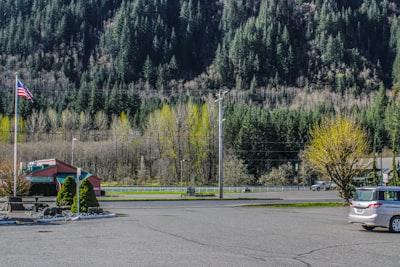Summary
On June 30, 2025, Coeur d'Alene, Idaho, became the site of a harrowing tragedy when firefighters responding to a brush fire were ambushed by a gunman. The suspect, identified as Wess Roley, is believed to have set the fire and then opened fire on first responders, killing two firefighters—one from the Coeur d'Alene Fire Department and another from Kootenai County Fire Department—and injuring a third. After a massive manhunt involving hundreds of law enforcement officers and national attention, Roley was found dead with a firearm nearby. Authorities determined, based on evidence at the scene, that he acted alone.
Analysis
This incident is both shocking and deeply unsettling—a calculated attack on individuals dedicated to public safety. The immediate consequence is the loss of life among those trained to save others, heightening trauma within already close-knit emergency response communities. The article frames this as a “total ambush,” a characterization that underscores the vulnerability of firefighters, who do not routinely expect violent confrontation in the line of duty. The quick mobilization of law enforcement and the involvement of federal agencies speak to the gravity and confusion such incidents cause, as well as the urgency in preventing further loss of life or escalation of violence.
Several underlying factors warrant further scrutiny. The reporting suggests a deliberate targeting of first responders, but gives little context about the motive. Was this act rooted in personal grievance, ideology, or mental health crisis? Absence of such details leaves room for speculation and hinders public understanding of prevention measures.
Ethically, this tragedy raises questions about the risks we ask first responders to bear—not only from natural dangers like fire, but from intentional acts of violence. Politically and socially, the rhetoric around support for emergency workers is often strong in the aftermath of such attacks, but long-term policy changes (such as improved threat assessment, protection, or better mental health resources) lag behind media statements and gestures.
Discussion
Why does this incident matter beyond its immediate horror? It signals a worrying intersection of America’s ongoing issues with gun violence and the increasingly unpredictable risks faced by public servants. While it’s rare for firefighters to be targeted in mass shootings, there have been growing reports of hostility toward emergency, utility, and healthcare workers nationwide—sometimes fueled by local disputes or broader sociopolitical animosities.
This ambush may also reflect deeper societal fissures: a sense of distrust toward authority, breakdowns in community cohesion, or broader mental health crises. As a society, are we adequately addressing warning signs before they escalate? Are our first responders equipped—psychologically and materially—for these evolving threats? The flurry of official statements and national attention, including from the White House and FBI, illustrates both solidarity and the reflexive nature of these responses. But will it result in substantive change?
Critical questions arise: How should fire departments assess threats going forward? Should protocols change, or would that erode the fundamental trust needed to serve communities effectively? Moreover, how can communities collectively grieve and heal while acknowledging the unique risks borne by those who serve them?
Ultimately, this tragedy is a stark reminder of both the fragility and the valor of those who respond to our emergencies. It exposes the need for nuanced, systemic responses—not just immediate law enforcement action, but sustained efforts to understand, prevent, and ultimately honor the sacrifices of public servants caught in harm’s way.

Comments
No comments yet. Be the first to comment!